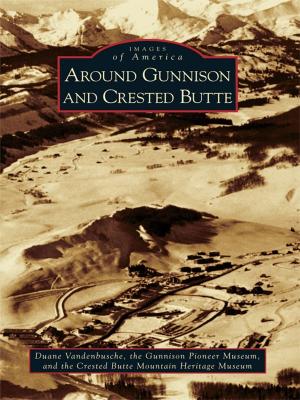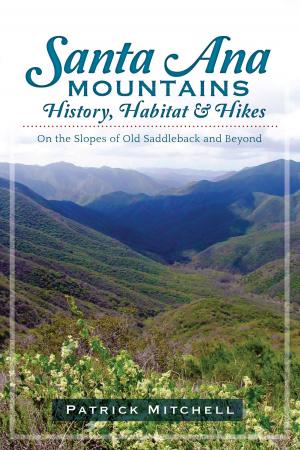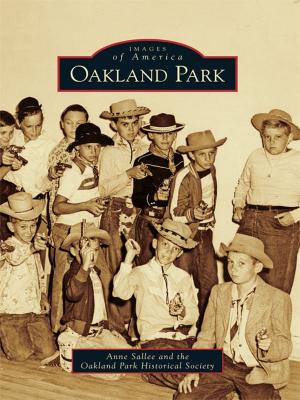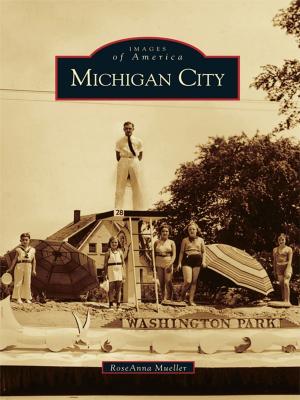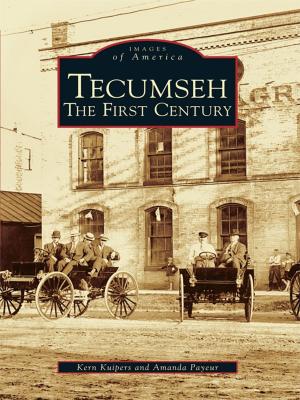Ironwood, Hurley, and the Gogebic Range
Nonfiction, Travel, Pictorials, Art & Architecture, Photography, History| Author: | Matthew Liesch, Ironwood Area Historical Society | ISBN: | 9781439616901 |
| Publisher: | Arcadia Publishing Inc. | Publication: | October 30, 2006 |
| Imprint: | Arcadia Publishing | Language: | English |
| Author: | Matthew Liesch, Ironwood Area Historical Society |
| ISBN: | 9781439616901 |
| Publisher: | Arcadia Publishing Inc. |
| Publication: | October 30, 2006 |
| Imprint: | Arcadia Publishing |
| Language: | English |
Situated on the south shore of Lake Superior, the Gogebic Iron Range of Michigan and Wisconsin exudes a strong sense of place. During the 1880s, a mining boom lured settlers, investment, and controversy. Investors from Milwaukee, Chicago, and Cleveland hoped to become rich, but many were pulled into scams or poorly managed mines and ended up losing their money. After iron stocks crashed, mining investors were more cautious. Many mining locations were abandoned, but towns such as Ironwood, Bessemer, Wakefield, and Hurley grew. For over 80 years, iron mining gave the Gogebic Range distinctive ethnicity and settlement patterns resulting in its unique cultural landscapes. The physical setting enhances the drama of the Gogebic. Lake-effect snowfall results in picturesque yet harsh winters, and thundering waterfalls have long attracted visitors.
Situated on the south shore of Lake Superior, the Gogebic Iron Range of Michigan and Wisconsin exudes a strong sense of place. During the 1880s, a mining boom lured settlers, investment, and controversy. Investors from Milwaukee, Chicago, and Cleveland hoped to become rich, but many were pulled into scams or poorly managed mines and ended up losing their money. After iron stocks crashed, mining investors were more cautious. Many mining locations were abandoned, but towns such as Ironwood, Bessemer, Wakefield, and Hurley grew. For over 80 years, iron mining gave the Gogebic Range distinctive ethnicity and settlement patterns resulting in its unique cultural landscapes. The physical setting enhances the drama of the Gogebic. Lake-effect snowfall results in picturesque yet harsh winters, and thundering waterfalls have long attracted visitors.


